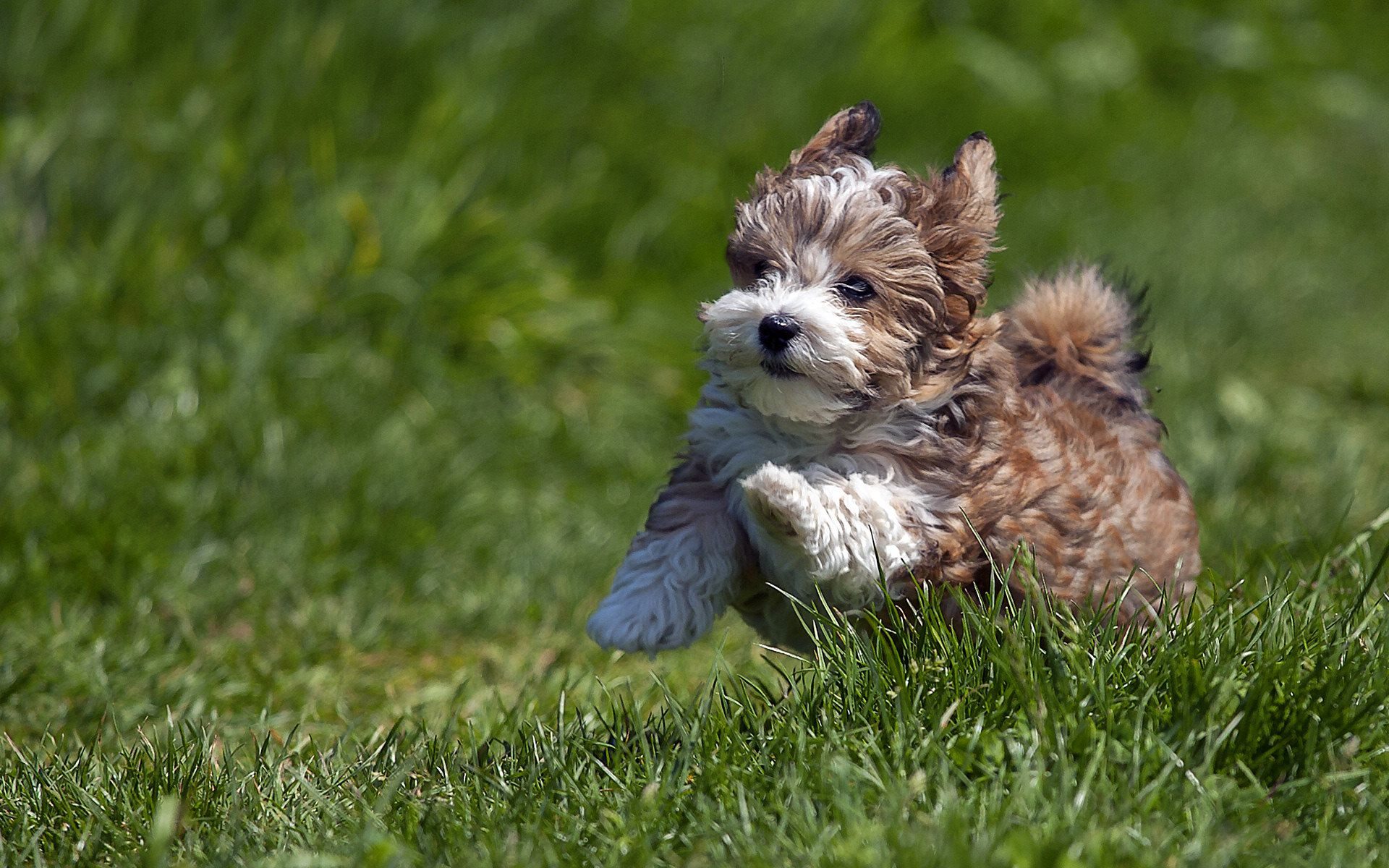If a Miniature Pinscher is raised with children who treat him carefully and kindly, he will adore them and be a trustworthy companion. However, if children are allowed to grab or treat him roughly, even accidentally, he may develop a bad attitude toward kids, or at least want to avoid them as much as possible. Begin accustoming your Min Pin to being brushed and examined when he’s a puppy.
Mouthy dogs are more likely to use their mouths to hold or “herd” their human family members, and they need training to learn that it’s fine to gnaw on chew toys, but not on people. Mouthy breeds tend to really enjoy a game of fetch, as well as a good chew on a toy that’s been stuffed with kibble and treats. Dogs who were bred to hunt, such as Terriers, have an inborn desire to chase–and sometimes kill–other animals. Anything whizzing by, such as cats, squirrels, and perhaps even cars, can trigger that instinct. Dogs who like to chase need to be leashed or kept in a fenced area when outdoors, and you’ll need a high, secure fence in your yard.
The Min Pin doesn’t lounge about — he’s too busy for that — but he is affectionate and loving with his family. He loves to entertain, and he’ll often play the class clown in order to get the attention he craves. From 1905 until World War I, the Miniature Pinscher rapidly grew in popularity in Germany. After World War I, breeders in Germany and also in the Scandinavian countries worked to improve the line. Around 1919, the first Miniature Pinschers were imported in the United States.
Some breeds are brush-and-go dogs; others require regular bathing, clipping, and other grooming just to stay clean and healthy. Consider whether you have the time and patience for a dog who needs a lot of grooming, or the money to pay someone else to do it. Dogs with thick, double coats are more vulnerable to overheating. So are breeds with short noses, like Bulldogs or Pugs, since they can’t pant as well to cool themselves off.
